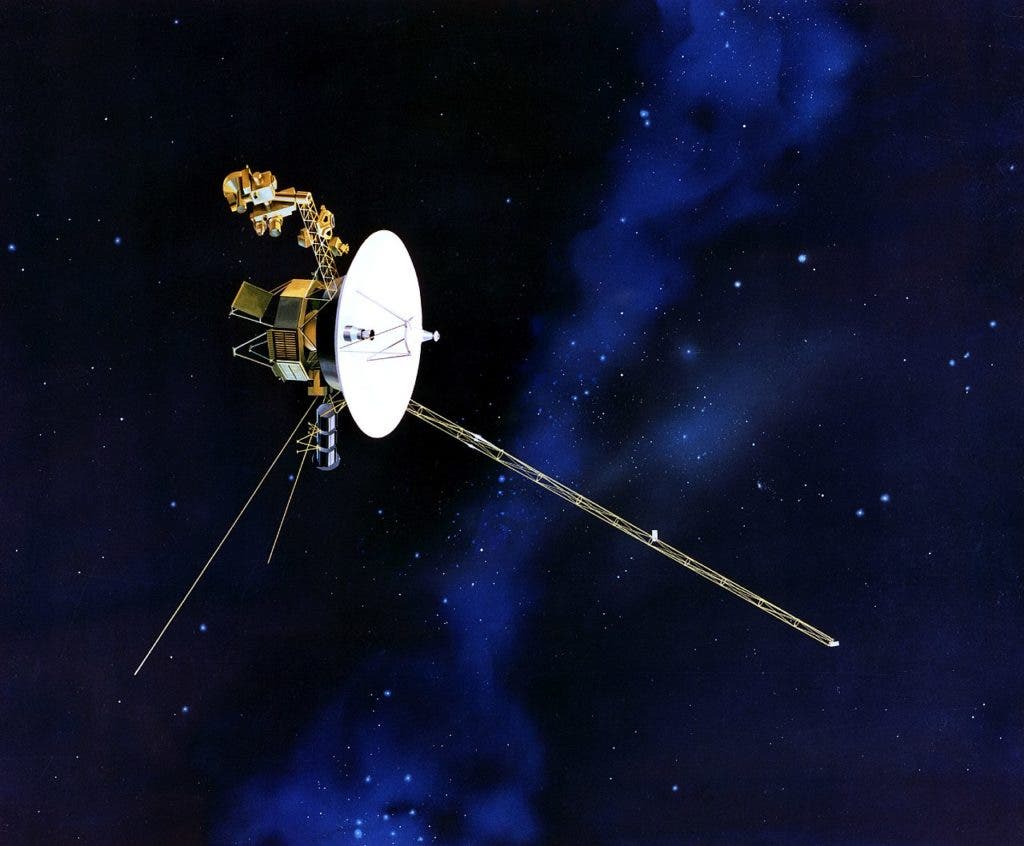We’ve all fixed (or at least tried to fix) something when it stopped working properly. But usually, that something is in our solar system.

Engineering has managed some impressive feats — from bridges that connect two countries to the massive International Space Station that allows us to have a permanent research outpost above Earth. But usually, when engineers build or repair something, it’s there.
For NASA, however, that’s not always an option.
NASA has spacecraft and rovers in several parts of our solar system — and sometimes, things start to break. This was the case recently with Voyager 2, one of the two Voyager spacecraft that were launched in 1979 and have since left the solar system, relaying information about the interstellar space.
For no clear reason, Voyager 2 stopped sending data and seemed to simply shut off.
The problem occurred as Voyager 2 attempted to rotate 360 degrees in order to calibrate one of its instruments. This movement was energy-intensive and might have triggered protection software — every time the software detects an unusual power consumption, it switches off to save energy. Since Voyager 2 has a finite power source, that makes sense. NASA explains:
“Multiple fault protection routines were programmed into both Voyager 1 and Voyager 2 in order to allow the spacecraft to automatically take actions to protect themselves if potentially harmful circumstances arise. “
So Voyager’s engineers tried to reset the system and start the spacecraft. But considering that it takes 17 hours to send information from Earth to the spacecraft and another 17 hours to send it back from the spacecraft to Earth, it’s quite a tedious process.
Thankfully, everything seemed to go according to plan, and Voyager 2 is back online — gathering and relaying scientific information just as before.
“Mission operators report that Voyager 2 continues to be stable and that communications between Earth and the spacecraft are good. The spacecraft has resumed taking science data, and the science teams are now evaluating the health of the instruments following their brief shutoff,” a NASA press release explains.
As of writing, NASA hasn’t confirmed or denied whether that is what actually happened. Only time will tell whether the agency ever gets an answer to what went wrong. But for now, we can all rest assured that Voyager 2’s mission is far from over yet. If all goes well, it should have another five years of life left, meaning five more years of data collection from an area of space we humans have no other way of studying.
The fact that engineers can address a software failure from 11.5 billion miles (18.5 billion kilometers) away, from a spacecraft launched over 40 years ago, is simply fantastic — and it’s a testament to how good NASA has become at fixing things from far away.
Engineering? That’s nice. Remote engineering — that’s where it’s at.






